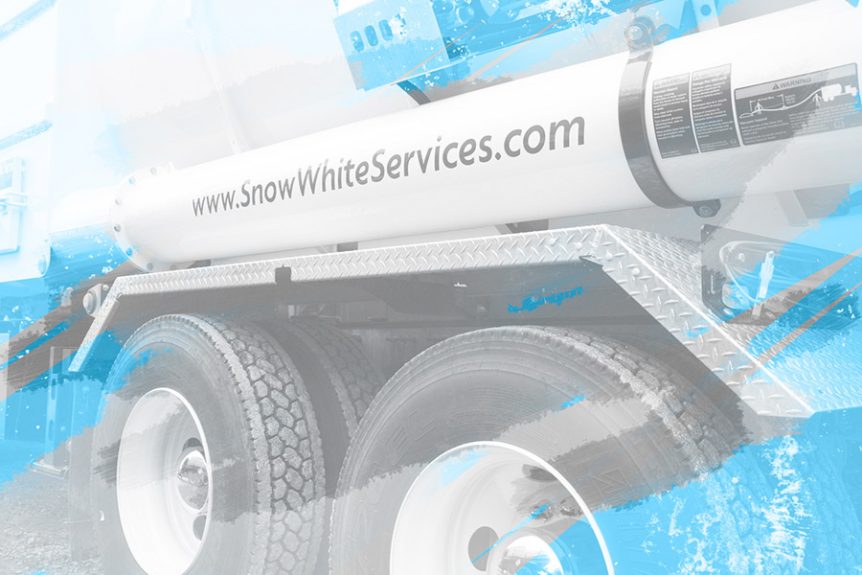Ventilation Systems
Companies use ventilation systems to improve and maintain the air quality within the work environment. A properly engineered industrial ventilation system controls employee exposure from toxic chemicals, flammable vapors and hazardous dust by removing contaminated air from the building and supplying fresh clean air. Depending on the on the type and concentration of the airborne contaminate, engineers design ventilation systems using one or a combination of the following:
- Indoor Air Quality Ventilation – Heating, Ventilation, and Air Conditioning (HVAC)
- General Exhaust Ventilation (Dilution Ventilation)
- Local Exhaust Ventilation
- Replacement Air (Makeup Air)
- Recirculation.
Indoor Air Quality Ventilation – HVAC
HVAC systems primarily provide fresh and temperature and humidified controlled air to non-industrial buildings and offices for general health and comfort. Indoor air quality ventilation systems also control odors and carbon dioxide levels.
General Exhaust Ventilation (Dilution Ventilation)
General exhaust ventilation systems provide clean air to the industrial building, dilute the contaminated air, and expel the diluted air with large exhaust fans. These systems are generally less expensive to install and maintain compared to local exhaust ventilation; however, dilution ventilation systems remove a portion of the contaminated air and do not capture emissions from the source.
Local Exhaust Ventilation
To safely control airborne compounds such as flammable vapors or toxic chemicals, industries use local exhaust ventilation systems for employee health and safety. The local exhaust system uses hoods, ducts, air cleaners, fans, and exhaust stacks to capture and remove the polluted air from the building.
Replacement Air (Make-up Air)
General exhaust and local exhaust ventilation systems require replacement air (make-up air) systems to replace the exhausted air. Supply air fans inject fresh clean air in the supply air duct system.
Recirculation
As an alternative to air exchange ventilation, recirculation systems use air cleaners and auxiliary exhaust system to remove air contaminates.
Ventilation Components
Dilution ventilation systems use exhaust and supply air fans to dilute the contaminated air. For local exhaust and replacement air systems, a combination of hoods, ducts, air cleaners, fans, and exhaust stacks exchange air within a building.
Hoods
To confine contaminated air, hoods capture airborne contaminants and the ventilation system draws in sufficient air through the hood opening. At the hood face, the air velocity, typically measured in feet per minute (fpm), is high enough to entrain airborne chemicals, vapors, and toxins. As the air is contained and directed into the hood, the air exits into the ducts.
Air Ducts
The ducts contain and distribute air. A properly engineered duct maintains the proper air speed and minimizes friction reducing dust settling or duct clogging. If the duct becomes restricted, then the fans consume more power.
Air Cleaners (Filters)
The proper placement of air cleaners removes dust and contamination and prevents residue deposits. Contaminated or restricted filters increase the load on the ventilation system and operating costs.
Fans
For exhaust systems, fans draw air into the hood and pull the contaminated air through the ductwork and out the exhaust stacks. For replacement air systems, fans push fresh clean air into the supply air ductwork. Typically, ventilation systems use centrifugal and/or axial fans.
Exhaust Stacks
Exhaust stacks direct the contaminated air out of the building and exhaust to the atmosphere.
Ventilation Cleaning
Over time, ventilation components become coated with dust, soot, deposits, and condensates compromising system performance and safety. Routine ventilation cleaning reduces operating costs, maintains quality air in the building, and ensures safe operation.
Industrial ventilation cleaning can address the entire ventilation system or individual ventilation components. The following are the most common industrial ventilation cleaning services:
- Hood Cleaning
- Air Duct Cleaning
- Filter Cleaning and Filter Replacement
- Vent Cleaning
- Fan Cleaning
- Exhaust Stack Cleaning.
Industrial cleaning contractors may use one or more of the following when cleaning ventilation components:
- Degreasers
- Chemical Cleaners
- Duct Cleaning Brushes and Vacuums
- Pressure Washing
- Steam Blasting
- Hot Water Pressure Washing
- Dry Ice Blasting
- Vacuum Cleaning.
Proper cleaning services restore performance and keep industrial ventilation systems safe and efficient.



